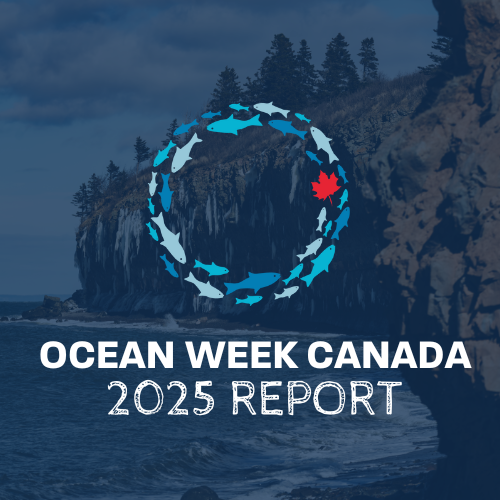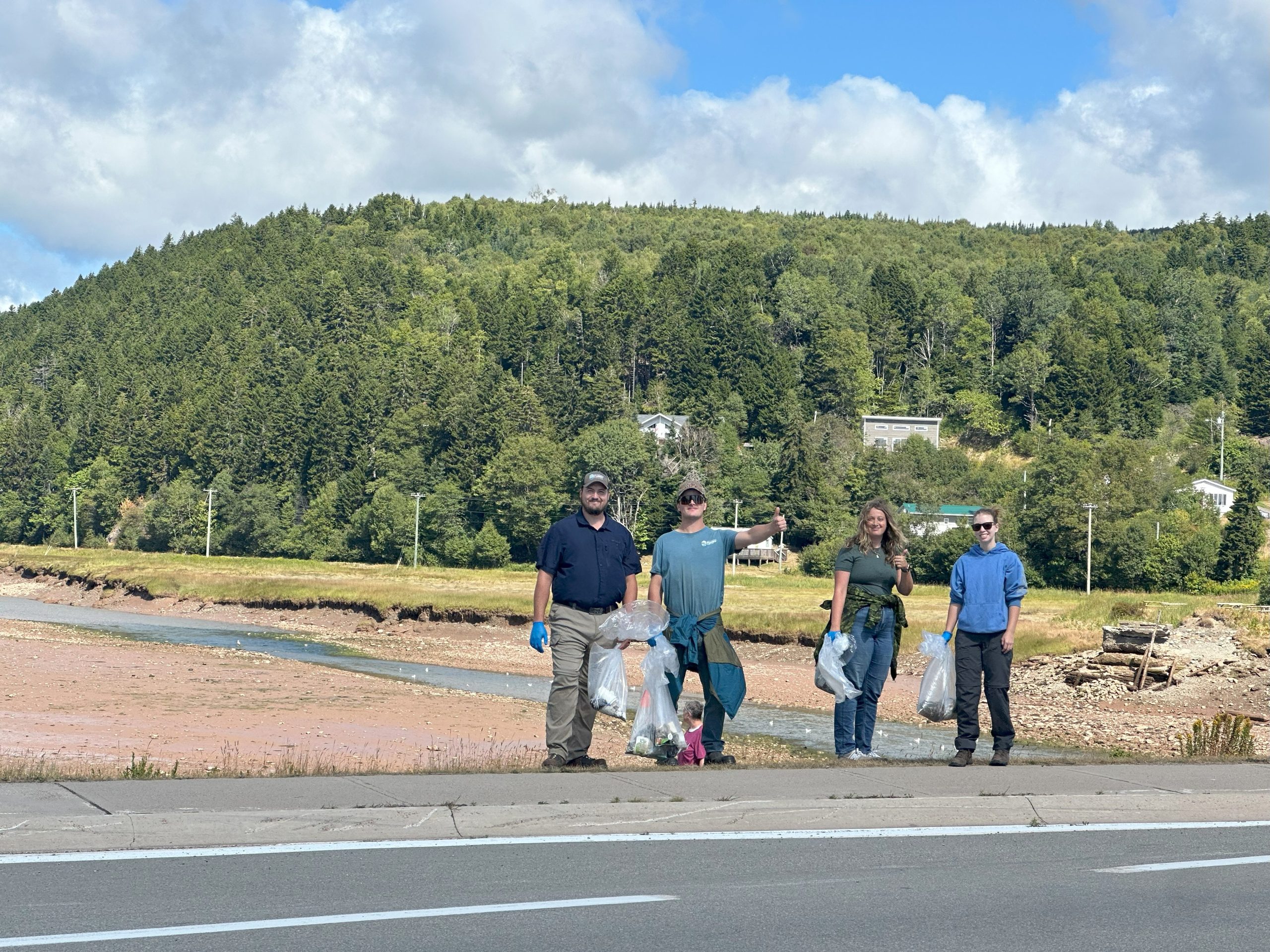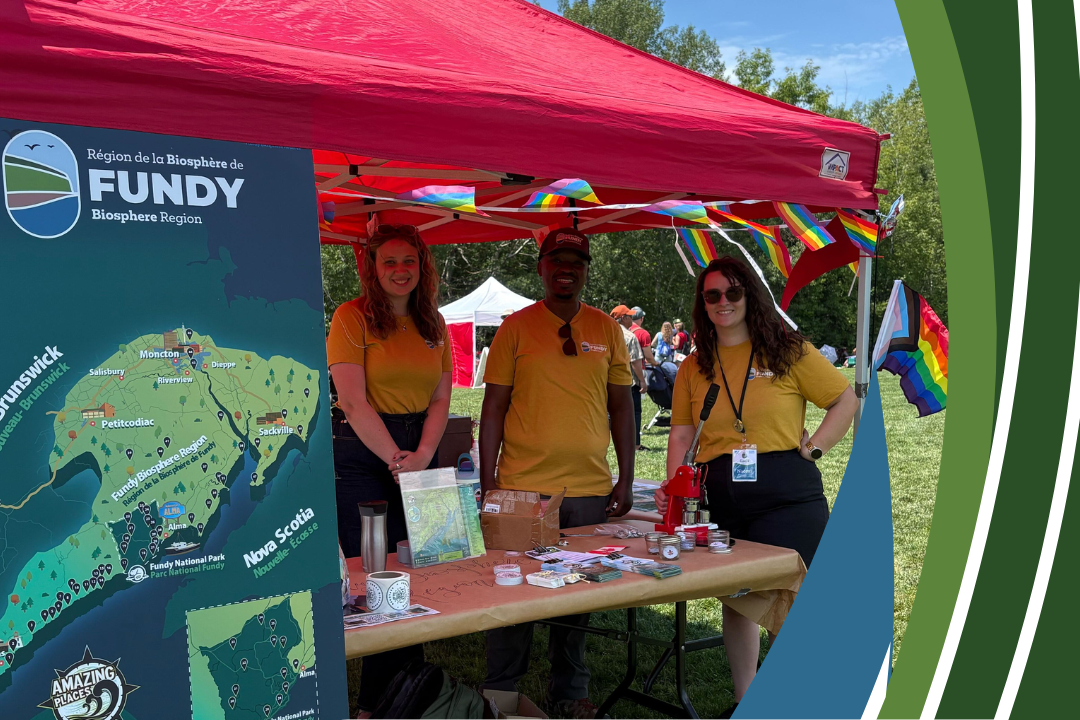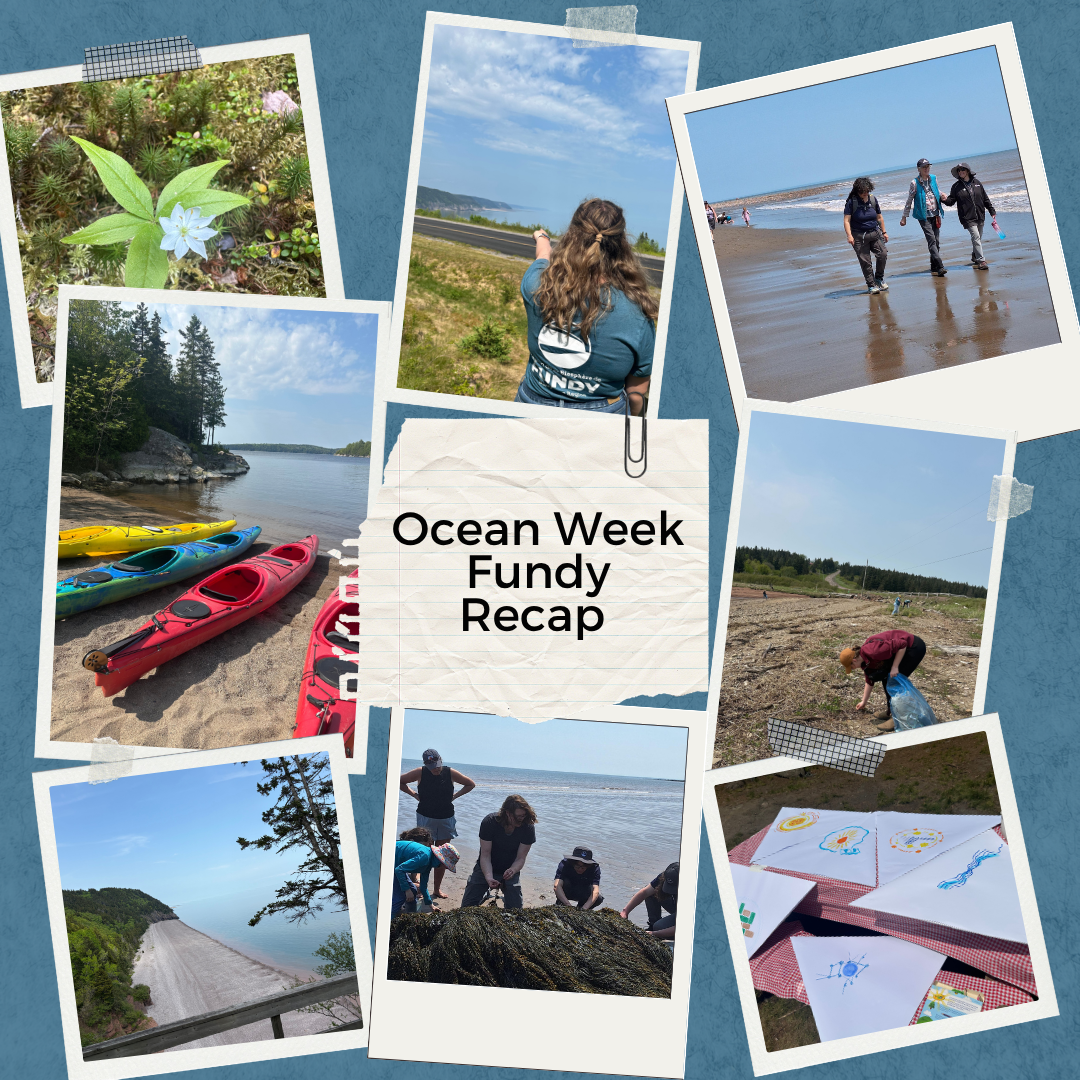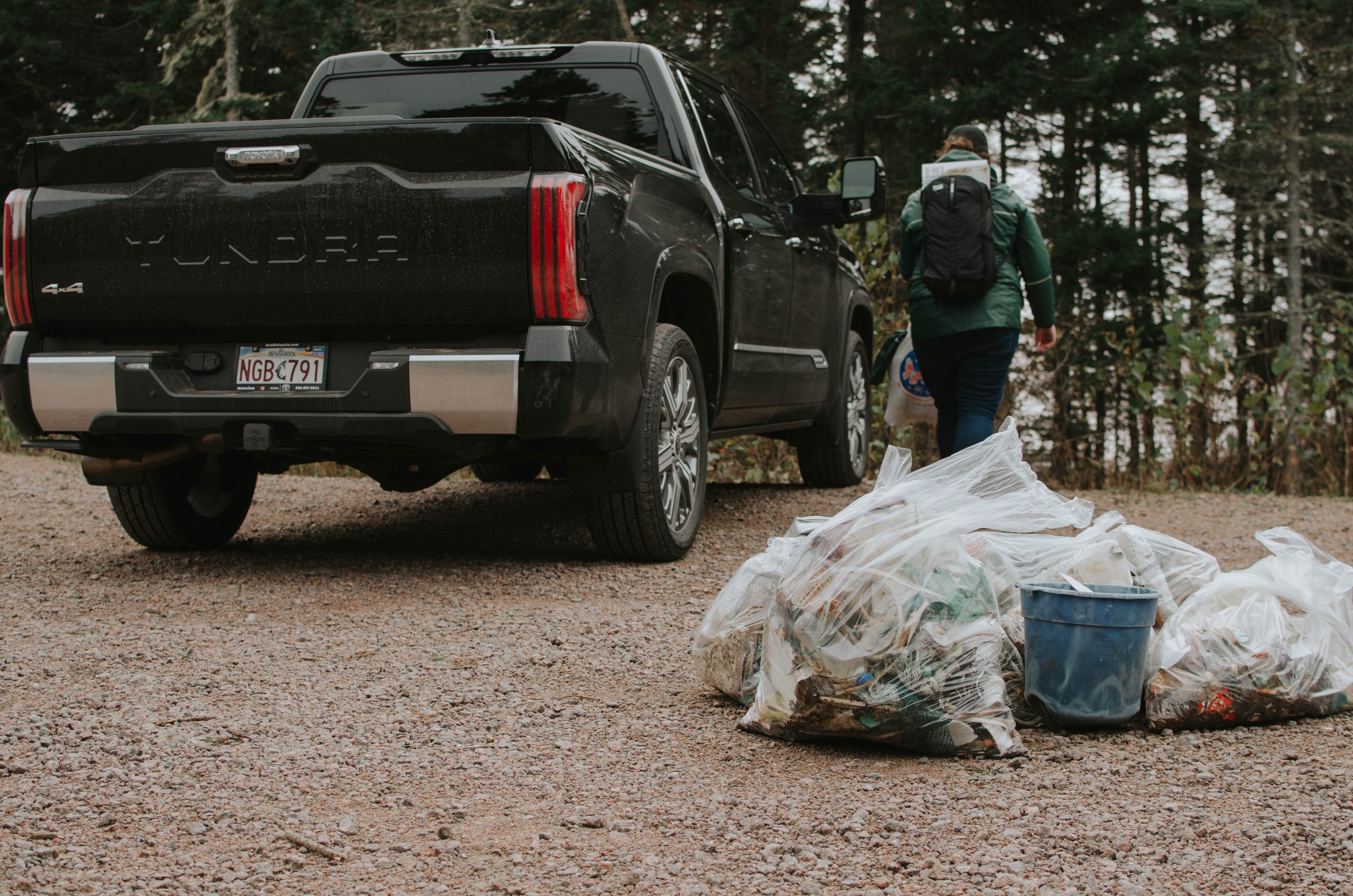
Last time we learned what plastic is, and some of the pros and cons. This week we will be talking about where plastic goes once you throw it away.
Littered
Litter is the careless or intentional disposal of waste in a public place rather than in a designated trash receptacle. Litter is not only unsightly and can reduce the aesthetic appeal of an area, but it can also have serious negative impacts on the environment and wildlife.
Kate Ter Haar from Cedarville, MI, USA, CC BY 2.0
Litter can clog waterways and harm or kill aquatic animals, as well as create breeding grounds for pests and diseases. It can also be harmful to humans, as it can contain sharp or hazardous materials that can cause injury or illness. In addition, litter is a costly problem for communities, as it requires resources to clean up and can decrease property values.
Once in the environment litter can travel all over the world on the air and through waterways, and usually ends in the ocean. In the environment plastic will be degraded by the elements. Sunlight and weathering will cause the plastic to break into ever-smaller pieces called micro-plastics. These small plastic particles can then be ingested by animals, and by humans from our food, water and air. The health risks microplastics can hold to humans is not yet well understood, but some potential risks include leaching chemicals, and accumulation of particles in the body. Microplastics pose a direct risk to wildlife, as they can mistake the plastic for food, but since they cannot digest the plastic it will accumulate in their stomachs until there is no room for food, causing them to perish.
In order to protect the environment and improve our communities, it is important that we properly dispose of our waste and take steps to prevent litter.
Landfilled
A landfill is a designated area where waste is deposited and then covered with soil or other material. Landfills are used to dispose of solid waste, such as household trash, construction debris, and municipal solid waste.
Ashley Felton, Public domain, via Wikimedia Commons
Here is a brief overview of how a landfill works:
Waste is delivered to the landfill and unloaded onto the site. The waste is spread out and compacted to create a stable surface for the next layer of waste. Each layer of waste is covered with a layer of soil or other material to contain the waste and prevent it from spreading.
Landfills are carefully designed to minimize the impact on the environment. They are lined with a layer of impermeable material, such as clay or plastic, to prevent the waste from leaching into the ground. Landfills are also equipped with systems to collect and treat any leachate (liquid that has come into contact with the waste) that may be produced. They are monitored and regulated by government agencies to ensure that they are operated safely and in compliance with environmental laws.
Landfilled plastic is any plastic that was thrown into the garbage, and includes both non-recyclable plastic and recyclable material that was not properly sorted. Since many places do not have recycling programs available, and many people do not always properly sort their waste when recycling is available, the majority of the plastic in the world is landfilled.
While landfilling is better for the environment than littering, there are still some environmental concerns. Some kinds of plastic can leach harmful chemicals under prolonged exposure, so landfills must take costly measures to prevent the chemicals from leaking into the environment. The other major issue is the plastic itself leaking back into the ecosystem. Plastic in open landfills and dumps can easily be caught by the wind and carried just about anywhere, and pose the same risks as littered plastic, as outlined below.
Overall, the goal of a landfill is to safely contain and manage waste in a way that minimizes any negative impacts on the environment and public health. While landfilling is often the only option for disposing of plastic waste, it can still be damaging to the environment so as always the focus must be on reducing use of plastics.
Recycled
Plastic recycling is the process of collecting and processing plastic waste into new products. It is an important way to reduce plastic pollution and conserve resources, as it allows plastic materials to be reused rather than being discarded and sent to landfills or the ocean.
The first step in the plastic recycling process is the collection and sorting of plastic waste. This can be done at a recycling facility or at the point of disposal (such as at a recycling bin in a public area). Plastic waste is sorted by type and cleaned to remove contaminants such as food residue or labels.
University of Scranton Weinberg Memorial Library from Scranton, Pennsylvania, CC BY 2.0
Once the plastic waste is sorted and cleaned, it is processed into small plastic flakes or pellets. These flakes or pellets can then be melted and molded into new products, such as plastic bottles, containers, or even clothing.
SOOATSIMC 223 Tsaueng TTPMRA, CC BY-SA 4.0
The process of plastic recycling can vary depending on the type of plastic being recycled and the end product being produced. Some plastic types are easier to recycle than others, and some products are more in demand than others. Overall, plastic recycling is an important way to reduce plastic pollution and conserve resources, and it is important to continue to improve and expand plastic recycling efforts to address the growing problem of plastic pollution.
However recycling is not the cure to the plastics problem. At present new plastic is always less expensive than recycled plastic, which means companies are incentivized to choose new. This is especially concerning for lower income countries that receive recycling waste. Countries like Canada, the US and many in Europe ship our waste to these countries under the pretense that it will be recycled. However the sheer amount of waste combined with the lack of financial incentive makes it so that this waste is regularly burned, landfilled, or loose in the environment instead of being recycled. Burning plastic is now a major health concern in some places because of this practice. Recycling is an important tool to combating the plastic problem, but reducing the amount of new plastic created is the most important step.

